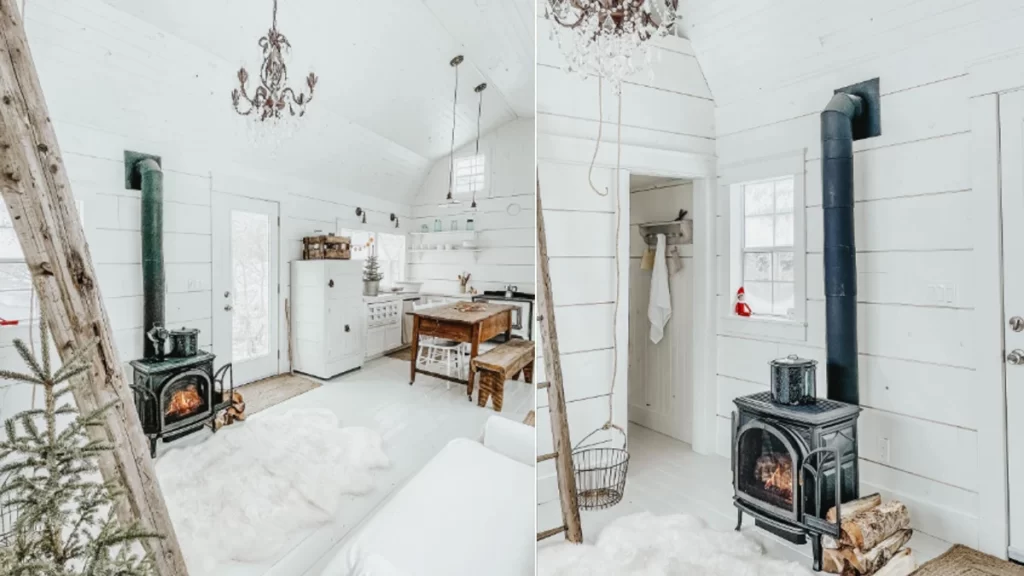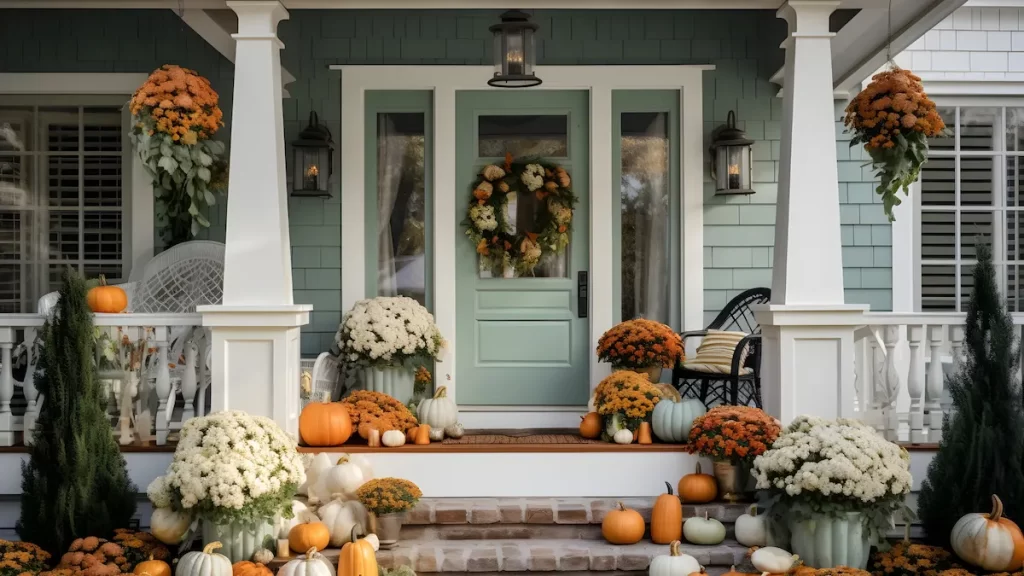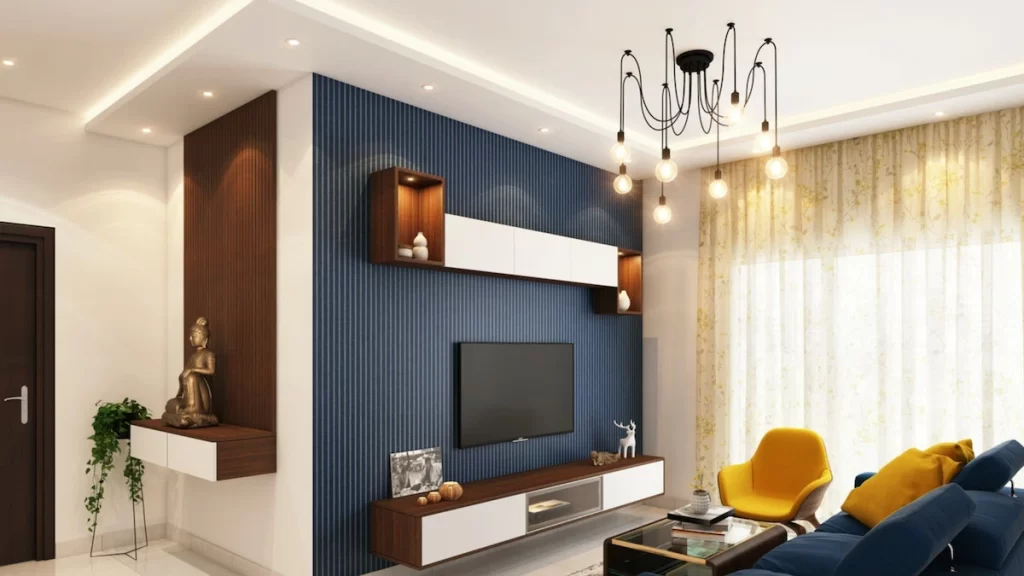Practical steps for choosing your home’s exterior paint colors, from considering architecture and surroundings to testing samples and understanding color theory.
The color you choose for your home’s exterior will create your home’s first impression, reflecting your personal style, influencing its curb appeal and perceived value. But how do you choose? With a seemingly endless array of shades and hues available, selecting the perfect exterior paint colors can feel overwhelming. This guide will walk you through the essential considerations, providing practical steps to help you choose a palette that enhances your home’s beauty and endures the test of time.
Consider Your Home’s Style
The architectural style of your home provides a natural framework for your color choices. Certain palettes historically complement specific designs. Researching the typical color palettes associated with your home’s architectural style can provide a solid starting point.
- Traditional homes (like Colonial, Victorian, Craftsman) often benefit from classic color palettes with timeless appeal. Think stately whites, warm grays, heritage blues, deep greens, and rich reds. Accent colors might highlight architectural details like trim and shutters.
- Modern homes (like Mid-Century Modern, contemporary) can often handle bolder and more minimalist color schemes. Consider clean whites, cool grays, dramatic blacks, or even pops of vibrant accent colors on doors or architectural features.
- Ranch homes offer versatility. Earthy tones, muted pastels, or even bolder contemporary choices can work well, depending on the surrounding landscape and your personal taste.
Look at the Surroundings
Your home doesn’t exist in a vacuum. The colors of neighboring houses, the natural landscaping (trees, shrubs, soil tones), and even seasonal changes can influence how your chosen colors are perceived.
Take a careful look at your neighborhood. While you don’t want to exactly match every other house, aim for a complementary feel. Consider the dominant colors of nearby homes to avoid clashing. Also, think about your landscaping. Earthy tones might harmonize with natural surroundings, while brighter colors can provide a pleasant contrast. Even the changing colors of leaves in autumn or the greens of summer can influence your perception.
Try Before You Buy
Colors can look drastically different on a small paint chip compared to a large expanse of your home’s exterior. Lighting conditions play a significant role in how we perceive color.
Purchase sample sizes of your top color choices and paint large swatches (at least 2 feet by 2 feet) on different areas of your home’s exterior. Observe these samples at various times of the day—in morning light, afternoon sun, and evening shade. Note how the colors interact with your home’s materials (siding, brick, trim). Live with the samples for a few days before making a final decision.
Use a Color Wheel
A color wheel is a valuable tool for understanding how colors interact and create visual harmony. Experimenting with different color combinations on a wheel can help you visualize potential outcomes. Many online tools also offer virtual color wheels and palette generators.
- Complementary colors. Colors directly opposite each other on the wheel (e.g., blue and orange, red and green) create a vibrant and high-contrast look. These can be effective for main and accent colors.
- Analogous colors. Colors that sit next to each other on the wheel (e.g., blue, blue-green, green) create a more harmonious and softer feel. This can be a good approach for a monochromatic or subtly varied palette.
Think About Resale Value
While your personal preference is paramount, if you plan to sell your home in the future, choosing overly bold or unconventional colors might limit its appeal to potential buyers.
Consider opting for more neutral or popular color trends for the main body of your house. You can still inject your personality with accent colors on doors, shutters, or trim, which are easier and less expensive to change. Researching current real estate trends in your area can provide insights into widely accepted exterior color palettes.
Consider the Finish
The paint’s finish affects how light reflects off the surface, influencing the color’s appearance and durability.
- Matte or flat finishes offer a soft, non-reflective look and can help hide imperfections in siding.
- Satin or low-sheen finishes provide a subtle sheen, are easier to clean, and are a popular choice for siding.
- Semi-gloss or gloss finishes offer a more reflective and durable surface, often used for trim, doors, and shutters to highlight architectural details. Remember that glossy finishes can make colors appear more intense.
Factor in Climate
Your local climate can impact how exterior paint performs and how colors are perceived.
- Warmer climates. Lighter colors reflect more sunlight and heat, potentially helping to keep your home cooler and reducing energy costs.
- Cooler climates. Darker shades can absorb more heat, which might be slightly beneficial in colder regions. However, darker colors can also fade more quickly under intense sun. Consider the UV resistance of the paint you choose.
Personal Preference
Ultimately, your home is your sanctuary, and the colors you choose should be ones that you love and that reflect your personality and taste.
While considering the other factors is important, don’t be afraid to incorporate colors that bring you joy and make your house feel like home. Accent colors are a great way to express your individuality without committing to a bold shade for the entire exterior.
Safety First
Always prioritize safety when painting outdoors. Use ladders properly, ensure they are stable on level ground, and be aware of your surroundings. If you are using spray paint or working with paints that have strong fumes, ensure proper ventilation.
Conclusion
Choosing exterior paint colors can dramatically enhance your home’s curb appeal and your enjoyment of your property. By carefully considering your home’s architecture, surroundings, testing samples, and factoring in practical elements alongside your personal preferences, you can select a color palette that you’ll love for years to come.








 Don Vandervort writes or edits every article at HomeTips. Don has:
Don Vandervort writes or edits every article at HomeTips. Don has:




